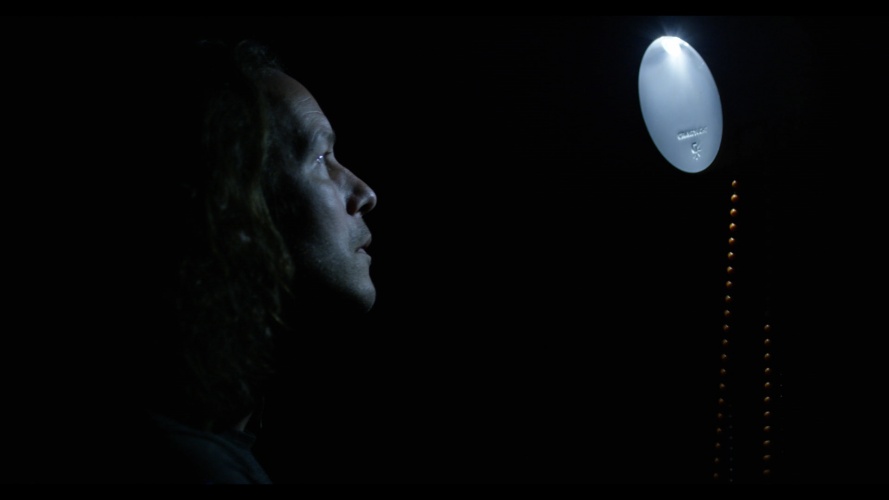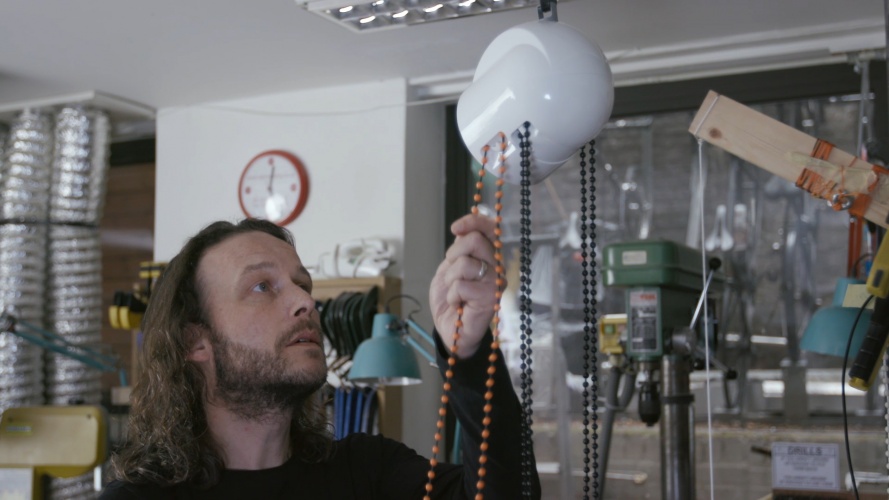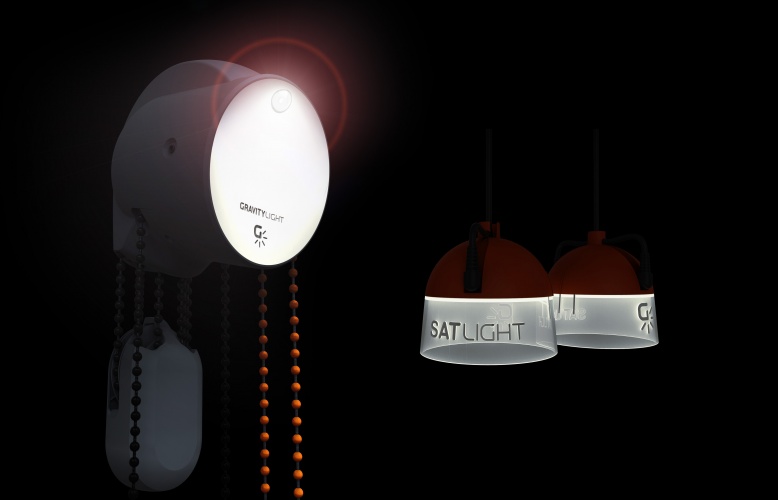When Jim Reeves was approached in 2009 to design a solar lantern for the developing world, he soon clocked that the concept was flawed.
“We quickly realised that the batteries and the solar panel contributed a fixed 60-70 per cent of the cost of micro-solar products,” he told The Engineer. “So we started to question the premise of using batteries to store power.”

Not only was the battery the first thing to fail, it was also the most expensive component, and not easily replaceable. On top of this, at the end of its life it would generally end up in landfill, adding to an already substantial environmental footprint. Reeves and design partner Martin Riddiford knew that to hit the solar brief they would need to use lower-quality components, compromising the integrity of the product. Instead, they explored other ways to provide off-grid light that could replace the expensive and dangerous kerosene lamps still used by billions of people around the world. As with Newton’s apple, a simple solution eventually fell to them.
Harnessing one of the universe’s primary forces, Gravity Light uses the kinetic energy from a 12kg bag of rocks or sand, which descends at about 1mm per second. This powers a drive sprocket, which rotates very slowly with high torque. A polymer gear train turns this input into a high speed, low torque output that drives a DC generator at thousands of rotations per minute, powering an LED bulb. The brightness is six times that of a kerosene lamp, and each time the bag is raised, 20 minutes of light is produced.
“The progress that’s been made over recent years in the efficiency of LED lighting technology started to bring the power required into the realm where simply raising a bag of rocks or locally found material could provide you with an energy reservoir that was a viable source of power,” Reeves explained. “The sort of elegance and simplicity of raising a bag of locally found weight had such appeal, because you’re providing a fabric bag as the means to enable that mass to be coupled with the product.”

The Gravity Light Foundation has already received funding of £200,000 from Innovate UK, with additional support coming via the Shell Springboard programme. In October it was backed by Siemens Stiftung, the charitable arm of the German multinational that promotes sustainable social development. Perhaps most impressively, £400,000 of early funding was raised through crowd-funding site Indiegogo, with Gravity Light hitting its initial target in just four days. This helped finance a global field trial, with a first run of 7,500 units distributed across 26 countries, as well as among Indiegogo investors.
“We learnt vast amounts from that trial,” said Reeves. “It showed up some incredibly surprising aspects and issues.”
The team had assumed people would want to adjust the brightness in exchange for duration, and provided three settings as a result. But it found users had little interest in this, with lights invariably remaining on the same setting as when delivered.
“Learning that it wasn’t a required function, we eliminated the feature,” Reeves explained. “It was several parts, it was potential points of failure, it was complexity, and was simply not needed as a feature set.”
Unsurprisingly, it was also found that children enjoyed swinging from the bag, so durability had to be improved. But overall the trial was a major success, with 90 per cent of users saying they would replace kerosene lamps with Gravity Light if they could. That first iteration required the user to pick the bag off the ground and physically lift it with their hands. This led to an unorthodox use pattern, with periodic darkness when the bag was being raised, and the height and strength required also creating a barrier for young, elderly, or disabled users. Gravity Light 2.0 addressed this by introducing a pulley mechanism, which delivers persistent light.

“It does three things really,” said Reeves. “It means the strength of the user is no longer coupled to the amount of energy they can deliver. We’ve given a mechanical advantage, so you pull down with a couple of kilos and you raise 12. We’ve decoupled the height issue, because it means if you’re of lesser height you can pull on the cord and raise the weight far above your head. And, as a result, we’re able to keep the light on continuously. So as long as you interact with Gravity Light for about 30 seconds an hour, you’ll keep that bag off the ground and have uninterrupted light for as many hours as you want into the evening.”
Being aware that most off-grid households don’t have access to scales, Gravity Light essentially measures the weight for you. Small packets are provided with the kit, then filled with material and placed in the bag. When the maximum weight is exceeded, the light glows bright red. Removing one packet leaves the bag at optimum weight, with the LED operating at peak efficiency.
“The LED dictates the duration in combination with the gear train and generator, and the brightness is driven higher and higher the greater the weight, which is the other reason why you need to indicate when you’ve overloaded,” said Reeves.
As well as providing light, the system can be used to charge AA or AAA batteries. The foundation is exploring the possibility of phone charging too, but the power requirements of smartphones mean this may not be practical using Gravity Light in its current format. However, power from the central dynamo can be shared among up to four SatLights, auxiliary lamps that can be linked to form a mini home-lighting system.

“You can daisy chain these SatLights, and you share the brightness across the number of lights you have switched on at any time,” Reeves said. “And there are other appropriate applications that are within that sort of power envelope. One of them is FM radio, which is used extensively across rural Asia and the developing world for delivering education. Coupled with the ability to provide lighting, you’ve really taken a big step towards enabling education.”
Gravity Light’s power mechanism makes it suitable for emergency, as well as off-grid lighting, according to Reeves.“One of the things we’ve come to learn over this journey is just how broad the application for Gravity Light is… after Hurricane Sandy I think there were over eight million people in [the US] without power for a fortnight.”
For now, however, the developing world remains the top priority. Having sized up the possibility of manufacturing in Africa, the team realised the infrastructure and supply chain were not quite mature enough. Consequently, production is taking place in China, with assembly located just outside Nairobi, Kenya.
“With Gravity Light, assembly is the bulk of the creation of employment, and has relatively low investment and infrastructure required for an assembly line,” said Reeves. “We can control quality of materials and components at source, and explore the viability of assembling products locally, and if that can be made to work it’s a model that could be replicated and rolled out in other markets where there’s a need for Gravity Light.”
The product is currently being introduced across Kenya as part of a 50-stop roadshow. It’s a country where 80 per cent of people don’t have access to electricity, and where kerosene lamps are adversely impacting the health and finances of millions of people. By 2018 it’s hoped that around 100,000 people will be using the technology, with gravity bringing light to virtually every corner of the globe.











Guest blog: exploring opportunities for hydrogen combustion engines
"We wouldn't need to pillage the environment for the rare metals for batteries, magnets, or catalisers". Batteries don't use rare...